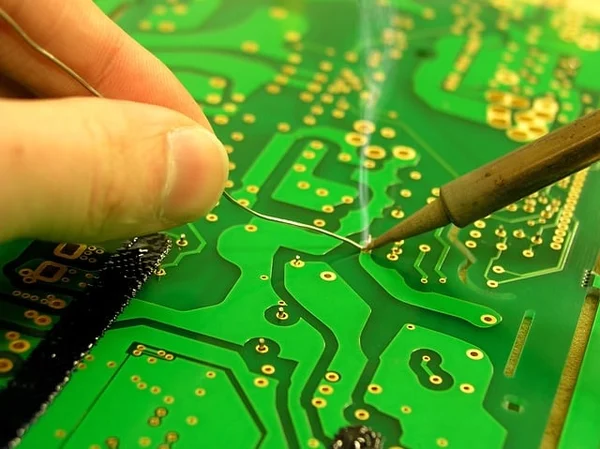The global push for environmental sustainability is influencing various industries, including electronics manufacturing. One notable change in this sector is the shift towards creating printed circuit boards without the use of lead. This practice is not only safer for workers within the industry, but it is also significantly better for the environment.
In this article, we will delve into the processes involved in manufacturing lead-free printed circuit boards. We aim to provide a comprehensive guide on how to use lead-free materials effectively while ensuring that the final products comply with regulatory standards and maintain their high quality.

Traditionally, the PCB assembly processes involved the use of tin-lead solder—the go-to material due to its low melting point and excellent bonding properties. However, the inclusion of lead, a hazardous substance, has raised concerns. That's where lead-free PCB manufacturing comes in. By eliminating lead, manufacturers reduce the environmental impact and ensure that the final product is RoHS compliant—free from specific hazardous substances and safer for both consumers and the planet.
In a lead-free PCB assembly process, it is crucial to find substitutes for tin-lead solder that preserves the functionality and integrity of the printed circuits. Lead-free solder alloys, typically composed of tin, silver, and copper, have emerged as the sustainable choice, though they present their own challenges. These materials have a higher melting point, which necessitates adjustments in production processes, like reflow oven temperature profiles and wave soldering techniques.
The transition to high-temperature lead-free solder alloys requires modifications in assembly equipment, particularly the reflow oven. To ensure a reliable solder joint, the ovens must be recalibrated for the precise melting range of the lead-free solder. This adjustment is critical to prevent defects that can affect the performance and durability of the final product.
Lead-free PCB assembly doesn't end with changing the solder. Lead-free components and surface finishes are crucial to the integrity of a lead-free printed circuit board. Popular surface finishes, including OSP (Organic Solderability Preservatives), ENIG (Electroless Nickel Immersion Gold), and immersion silver, are applied to printed circuits to ensure proper adhesion and long-term reliability of lead-free soldered joints.
With the new set of challenges introduced by lead-free manufacturing, companies are adapting their PCB assembly processes to maintain high quality. Stringent quality control measures are essential, especially when it comes to wave soldering—a method sensitive to alterations in temperature and solder composition. A precise control system is vital to achieving the desired results, ensuring the durability and performance of lead-free PCBs.
Eliminating lead and ensuring lead-free PCB assembly processes come with a range of benefits. Not only does it make the printed circuit boards safer for end-users and help manufacturers adhere to the stringent RoHS guidelines, but it also opens doors to global markets that demand eco-friendly products. By embracing lead-free materials and processes, we contribute to a reduction in toxic waste and promote a sustainable life cycle for electronic devices.
Manufacturers engaging in lead-free PCB assembly carry the responsibility of delivering products that meet strict regulations without any loss in performance. A final product crafted with lead-free components, subjected to high-temperature processing, and bearing high-quality surface finishes represents a significant advancement in tech manufacturing, aligning consumer expectations with environmental standards.
As we advance, the electronic industry's landscape continues to evolve, putting greater emphasis on eco-friendly practices and products. Lead-free PCB assembly is more than a manufacturing choice; it's a commitment to the future—a future where printed circuit boards are crafted with utmost respect for our health and the environment. With the progress made in lead-free solder and PCB assembly processes, we step forward into an era where technology not only connects us but does so responsibly and sustainably.